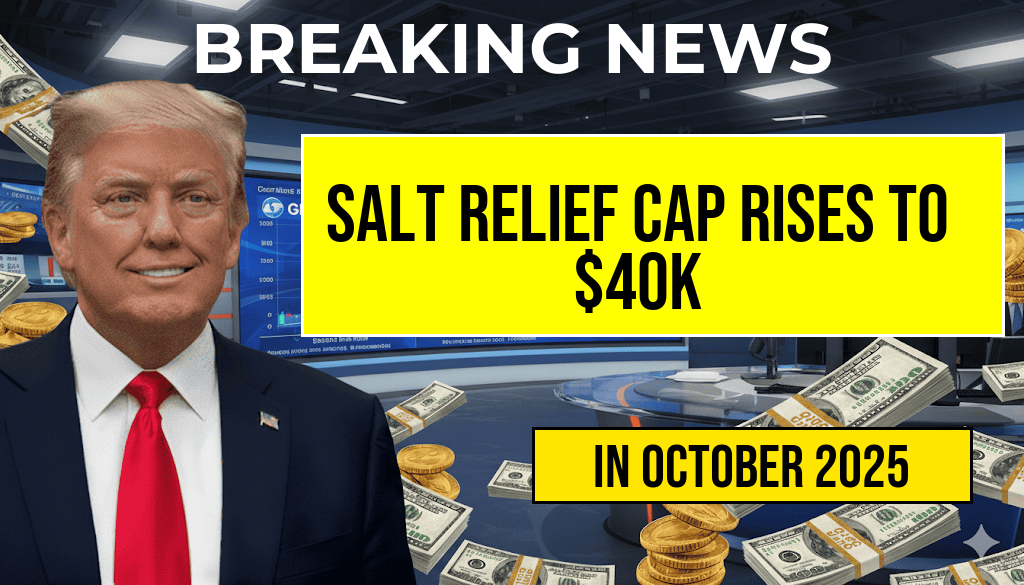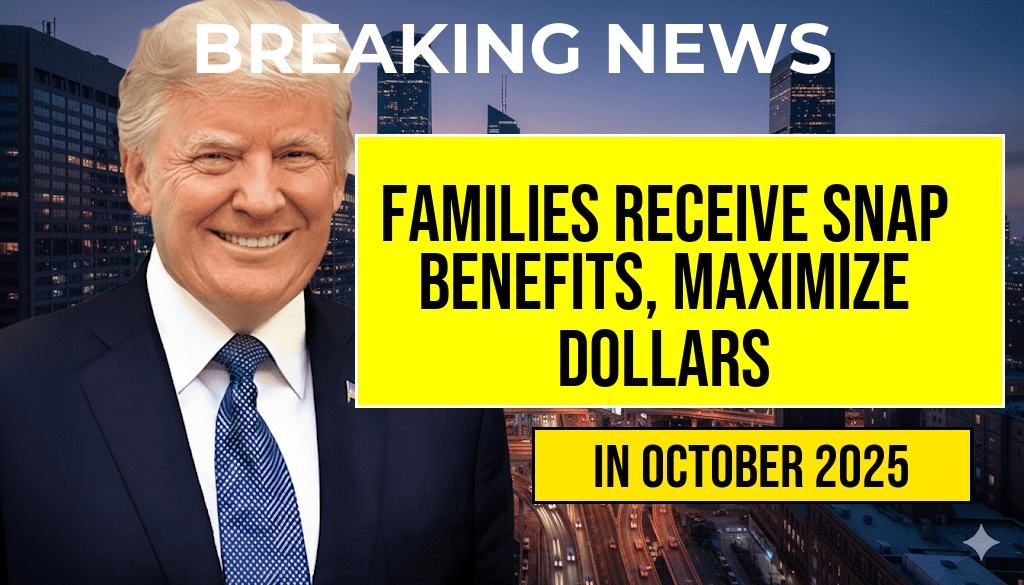Millions of Americans who had hoped to benefit from the recent student debt forgiveness initiatives are now facing an unexpected setback. Starting January 1, 2024, many tax filers who received up to $20,000 in student debt relief will find that this assistance is no longer excluded from taxable income. Previously, the Biden administration had temporarily exempted such relief from federal taxes, providing a financial cushion for borrowers. However, new tax rules now require recipients to report debt forgiveness as taxable income, potentially resulting in significant tax liabilities for some. This shift has sparked concern among borrowers and tax experts alike, prompting questions about the true financial impact of student debt relief and the implications for future debt cancellation efforts.
Tax Changes and the End of Temporary Exemption
The federal government’s decision to include canceled student debt as taxable income stems from legislative changes enacted at the end of 2023. The Fiscal Responsibility Act of 2023 restructured the tax treatment of forgiven student loans, removing the temporary exemption that had been in place since the Biden administration announced the debt relief plan in 2022. The change applies to debt discharged on or after January 1, 2024, affecting hundreds of thousands of borrowers who expected to see relief without tax consequences.
Impact on Borrowers and Tax Liability
Under the new rules, borrowers who received up to $20,000 in student debt cancellation will now need to report this amount as taxable income on their federal tax returns. This could lead to an unexpected tax bill, especially for those who did not plan for additional income resulting from debt forgiveness. The Internal Revenue Service (IRS) clarified that the forgiven amount counts as income for tax purposes, which may increase the taxpayer’s liability depending on their overall income and filing status.
| Debt Forgiveness Amount | Taxable Income Increase | Estimated Additional Tax (Assuming 22% Tax Rate) |
|---|---|---|
| $20,000 | $20,000 | $4,400 |
For many borrowers, this means a substantial increase in their annual tax bill, reducing the financial benefit they initially expected from the debt relief. Some experts warn that this could discourage future debt forgiveness programs, as taxpayers and policymakers might weigh the tax consequences when designing such initiatives.
Responses from Policymakers and Public
The change has elicited a mixed response from different stakeholders. Advocates for debt relief argue that taxing canceled student loans undermines the purpose of making higher education more accessible. They point out that many borrowers were counting on the relief to alleviate financial burdens and avoid long-term debt cycles. Conversely, some policymakers contend that taxing debt forgiveness aligns with existing tax laws and ensures fairness across income levels.
Legal and Policy Debate
The decision to tax student debt forgiveness has ignited debate over legislative authority and fairness. Critics argue that the temporary exemption was a necessary measure to provide relief during a period of economic recovery and that removing it now imposes an unfair burden on borrowers. Others emphasize that the tax code is clear on canceled debt being taxable unless explicitly exempted by law, which was the case during the temporary relief period.
Practical Steps for Borrowers
Borrowers who received student debt forgiveness should prepare for the upcoming tax season by:
- Reviewing their Form 1099-C issued by loan servicers, which reports canceled debt amounts.
- Consulting tax professionals to understand potential liabilities and available deductions.
- Exploring options for installment payments or potential penalties if unable to pay the increased tax bill promptly.
Tax filers can also check the IRS guidance on student loan debt cancellation and its tax implications for more detailed information.
Looking Ahead
The reversal of the temporary exemption marks a significant shift in federal policy regarding student debt relief. While the Biden administration has expressed intentions to pursue further reforms, the immediate reality is that borrowers face higher tax bills despite the promise of debt cancellation. This development underscores ongoing debates about the best methods to address the student loan crisis and the role of taxation in social welfare programs.
As the new tax rules take effect, borrowers and policymakers alike will need to navigate the complex interplay between debt relief initiatives and tax law. The ultimate goal remains to find sustainable, equitable solutions that support borrowers without imposing disproportionate financial burdens.
Frequently Asked Questions
What is the main impact of the student debt forgiveness relief ending on January 1?
The main impact is that the $20,000 of student debt forgiveness relief will no longer be available, resulting in students and borrowers potentially facing increased tax liabilities.
How does the end of the student debt relief affect tax returns?
Starting January 1, borrowers may have to report forgiven student debt as taxable income, which could increase their tax bills for the year.
Who is affected by the removal of the $20,000 student debt relief?
Borrowers who received student debt forgiveness prior to January 1 or are eligible for future relief may be impacted, especially if they had planned to exclude certain forgiven amounts from their taxable income.
Are there any alternatives or protections for borrowers facing higher taxes due to debt forgiveness ending?
Borrowers should consult with tax professionals to explore deductions or exemptions that may apply, but currently, the tax implications for forgiven debt are unavoidable after January 1.
What steps should borrowers take before the relief policy ends?
Borrowers should review their student debt status, consider consulting with a tax advisor, and plan for potential tax liabilities resulting from debt forgiveness that may now be taxable.






